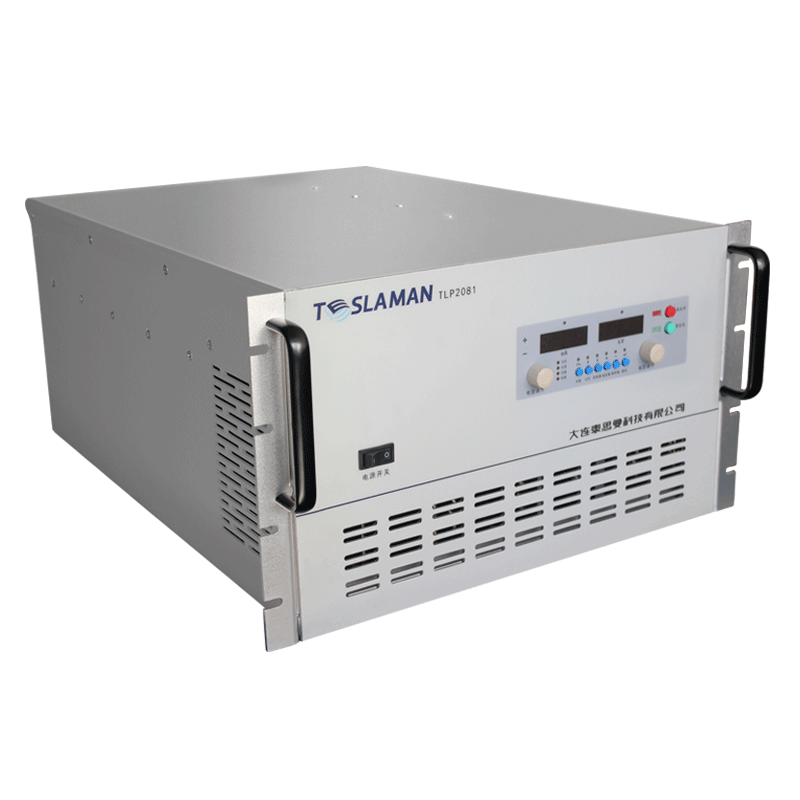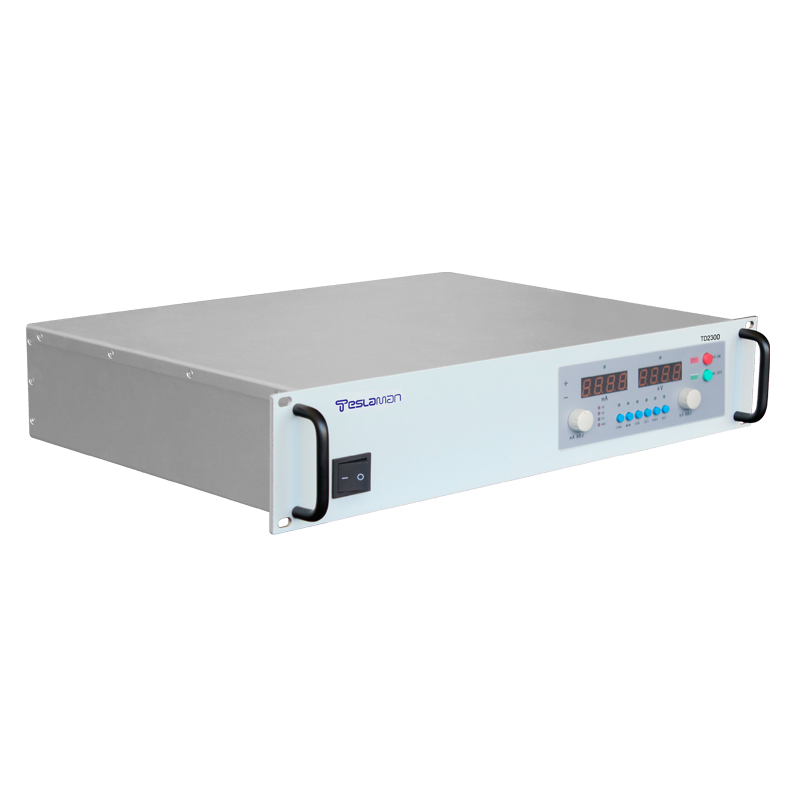High-Frequency High-Voltage Power Supplies: Advances in Synthetic Material Applications
In the rapidly evolving field of materials science, synthetic materials have found extensive applications across various sectors, including aerospace, electronics, and biomedicine, thanks to their unique performance advantages. High-frequency high-voltage power supplies, as crucial technical equipment in synthetic material preparation, convert electrical energy into high-frequency, high-voltage outputs. This significantly enhances the efficiency and quality of material synthesis. This article delves into the application advancements and technological breakthroughs of high-frequency high-voltage power supplies in synthetic materials.
Working Principles and Characteristics of High-Frequency High-Voltage Power Supplies
High-frequency high-voltage power supplies utilize power electronics devices, such as Insulated Gate Bipolar Transistors (IGBTs) or wide-bandgap semiconductors (silicon carbide, gallium nitride), to convert input alternating current into high-frequency high-voltage direct current through rectification, inversion, and voltage boosting processes. Operating typically in the range of tens of kilohertz to megahertz, these power supplies offer higher power density, faster response times, and superior electrical conversion efficiency compared to traditional low-frequency counterparts. The high-frequency output reduces electromagnetic losses within the power system, decreases equipment size and weight, and improves energy transmission stability and controllability, facilitating precise synthetic material preparation.
Typical Application Scenarios in Synthetic Materials
Plasma-Enhanced Chemical Vapor Deposition (PECVD)
In semiconductor chip manufacturing and solar cell production, PECVD is a key process for fabricating high-quality thin films. High-frequency high-voltage power supplies energize gases within the reaction chamber, generating plasma. The high-energy particles in the plasma enhance molecular reactivity, promoting chemical reactions and depositing dense, uniform, and high-performance thin films on the substrate. For instance, when preparing silicon dioxide films, the plasma generated by the power supply intensifies the reaction between silane and oxygen, significantly improving film deposition rates and quality, thereby optimizing semiconductor device performance.
Pulsed Laser Deposition (PLD)
PLD is widely used for creating functional thin films with complex structures and high performance. High-frequency high-voltage power supplies drive pulsed lasers, generating high-energy, short-pulse laser beams. These beams vaporize the target material upon irradiation, depositing it onto the substrate to form a film. The rapid response of the power supply enables precise control over laser pulse energy and frequency, regulating film growth rates and compositions. This allows for the fabrication of oxide films with varying crystal structures and electrical properties, meeting diverse demands in electronics and sensor applications.
Electrospinning
Electrospinning, a vital method for producing nanofiber materials, is extensively applied in filtration and biomedical fields. High-frequency high-voltage power supplies create a high-voltage electric field between the spinneret and collector, causing the spinning solution to form a Taylor cone and stretch into nanofibers. The power supply provides stable, adjustable electric field intensities. By modifying voltage and frequency, precise control over fiber diameter, morphology, and orientation can be achieved. In medical tissue engineering, for example, high-frequency high-voltage power supplies enable the production of nanofiber scaffolds with tailored pore structures and mechanical properties, creating an ideal microenvironment for cell growth and tissue repair.
Development Trends and Challenges
As synthetic materials evolve towards higher performance and multifunctionality, high-frequency high-voltage power supplies face increasing demands. Future advancements will focus on higher frequencies, voltages, efficiency, and intelligent control. The widespread adoption of wide-bandgap semiconductors will further enhance power supply performance and reliability. However, challenges such as electromagnetic interference from high frequencies, insulation design under high voltages, and cost control remain critical areas requiring further research and innovation.
High-frequency high-voltage power supplies demonstrate significant potential and development opportunities in synthetic materials. Through continuous technological innovation, these power supplies will provide stronger and more precise support for synthetic material preparation, driving the sustainable development of materials science and related industries.




















